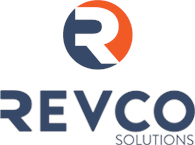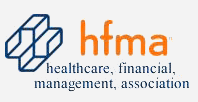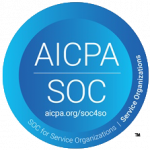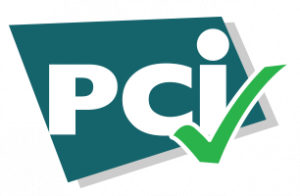by John Cook, Chief Client Officer
Over a year ago, with the publication of my e book, “The Six Million Dollar Question,” I posed the following
How would you answer that question, today?
In talking with colleagues and clients about this particular subject, I have found that many have taken the question very seriously and actually implemented a new or enhanced pre-encounter and pre-service process. Many have added estimation software packages, centralized scheduling, provided options for patient payments, and have been successful in their processes.
I had the opportunity to speak with one larger hospital system one on one while speaking at a conference. My idea would have been they would have answered a 10 to this question. They actually gave me a clear 4, refusing to go higher.
I found out that the missing piece was the ability to engage the patient in conversation about financial matters. Many healthcare professionals fear asking for money.
I share these thoughts:
- The patient is a human being. They are most likely altered in some way or another simply because they are seeking medical care. Understand that fact and approach them in a way that is non-judging. The setting should be comfortable. The tone of one’s voice is critical in circumstances where it is not a face to face visit.
- Meet the patient just where they are. Every patient contact will be different. It is important to listen to understand their fears and concerns.
- Ask open-ended questions. A yes or no will accomplish nothing. Do not give them an opportunity to say no. Instead of “will you,” ask “how will you?”
- Effectively communicate what the patient must hear. The patient must know his or her responsibility and it must be clear. In many cases, it will be necessary to clarify certain things. Give them an opportunity to ask questions. New 501r regulations require certain matters must be communicated with the patient.
- Provide options for payment as needed. In some cases it may be charity care, a payment plan that is good for both provider and patient. Insure those options are available.
- Reach the patient. Resolution has to be the bottom line. A level of trust must be established between the provider and the patient. Strive for an exceptional patient experience.
As a director or manager, it is necessary that desired resolutions are clear to your staff. Scripting works well and provides guidance to staff members engaging with the patient. Ongoing training and staff
Please reach out to me regarding training and scripting needs that you may have.






